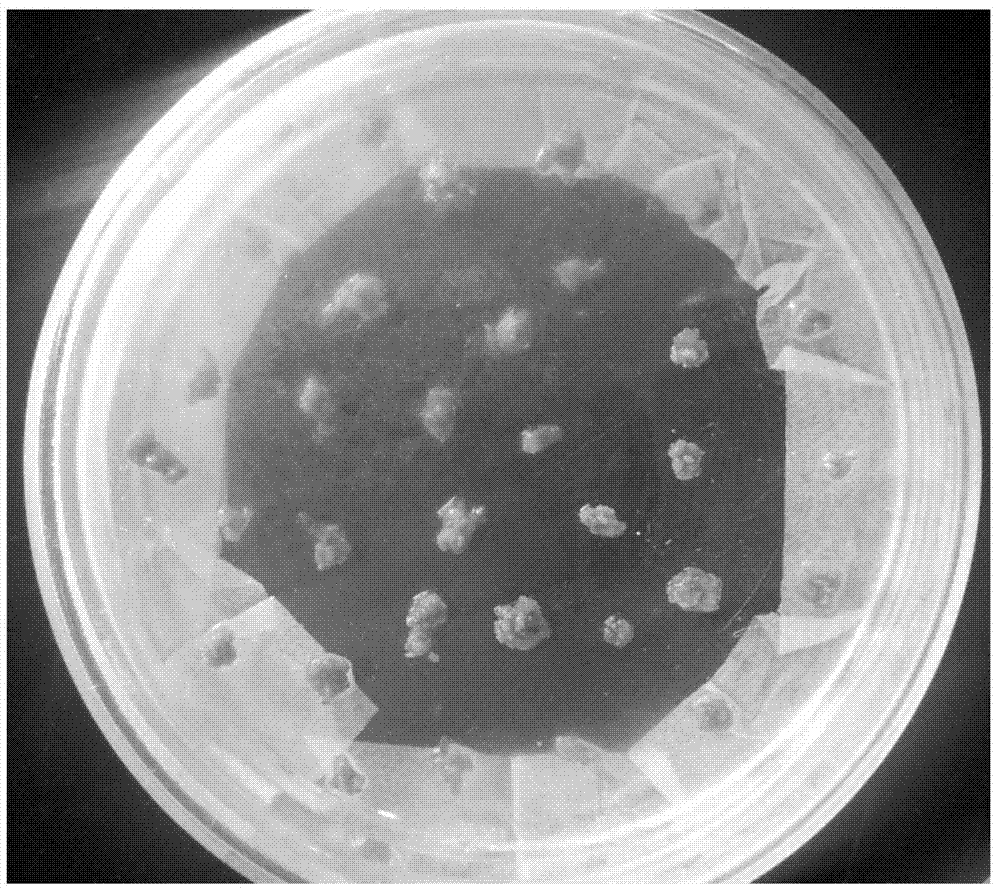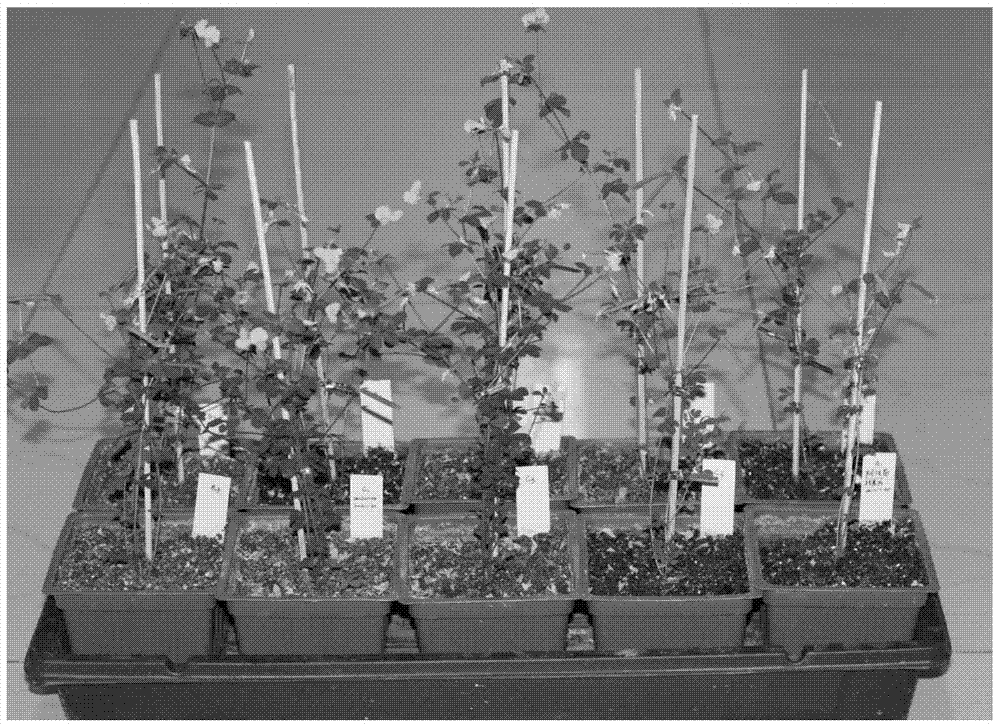Legume root tissue-specific promoter and its application
A technology of leguminous plants and promoters, which is applied in the field of specific promoters and its applications, and can solve the problems of lack of efficient transformation vectors, etc.
- Summary
- Abstract
- Description
- Claims
- Application Information
AI Technical Summary
Problems solved by technology
Method used
Image
Examples
Embodiment 1
[0084] Example 1. Cloning of root-specific promoters in soybean
[0085] The soybean Williams82 genomic DNA extracted by conventional methods is used as a template, and the following primer pairs (SEQ ID NO.: 2-3; with SEQ ID NO: 4-5) and KOD high-fidelity enzyme are used to amplify the promoter by conventional PCR method, And purify; Wherein, primer pair SEQ ID NO:4-5 clones the promoter P1 (SEQ ID NO:1) of the present invention, and primer pair SEQ ID NO:2-3 does not clone the specific promoter sequence .
[0086] Forward primer: GGGGTACCGGTCACCCAGATATCATTTGCTGAAA (SEQ ID NO: 2);
[0087] Reverse primer: TCCCCCGGGGCCACAGCCATAGCCATGCTTTC (SEQ ID NO: 3);
[0088] Forward primer: GGGGTACCGTGTTGAGCCACAACCATAGCCA (SEQ ID NO: 4);
[0089] Reverse primer: GGAATTCGTAAAGTGTTATTATGTCGCAAGTAATATTGCTA (SEQ ID NO: 5);
[0090] The PCR amplification conditions are:
[0091] 94℃, 2min;
[0092] 98℃,10sec;
[0093] 60℃,30sec;
[0094] 68℃, 1min;
[0095] 68℃, 7min;
[0096] 35 cyc...
Embodiment 2
[0098] Example 2. Construction of GUS expression vector
[0099] The promoter sequence that embodiment 1 obtains and commercially available vector p1301.POG (Liu Wei etc., the effect of the small G protein RO of Medicago truncatula in symbiotic process: 2.MtROP5 regulates the functional analysis of root hair growth and development, Chinese Agricultural Sciences, 2010 ,43(8)), transformed into Escherichia coli DH5α strain (Shanghai Jiemei Gene Pharmaceutical Technology Co., Ltd., Shanghai) for preservation. After being verified by sequencing, Agrobacterium tumefaciens EHA105 (Beijing Baierdi Biotechnology Company, Beijing) was transformed. The specific steps are as follows:
[0100]1. Enzyme digestion of PCR product and p1301.POG vector
[0101] The PCR product and the p1301.POG vector were double-digested with endonuclease Hind III / Sal1, wherein the digestion reaction conditions of the PCR product were as follows:
[0102] PCR product: 1ug
[0103] 10*fast digest buffer: 5...
Embodiment 3
[0132] Embodiment 3. Obtaining of transgenic plants
[0133] The Agrobacterium tumefaciens obtained in Example 2 were used for whole plant transformation of leguminous plants. The leguminous japonicus japonicus was selected to verify the function of the tissue-specific expression vector. Agrobacterium tumefaciens EHA105 containing a tissue-specific expression promoter vector is transfected into plant calli and cultured in a greenhouse to obtain transgenic plants. figure 2 and image 3 The photographs of the transgenic callus and the normal growing japonicus were shown respectively.
PUM
 Login to View More
Login to View More Abstract
Description
Claims
Application Information
 Login to View More
Login to View More - R&D
- Intellectual Property
- Life Sciences
- Materials
- Tech Scout
- Unparalleled Data Quality
- Higher Quality Content
- 60% Fewer Hallucinations
Browse by: Latest US Patents, China's latest patents, Technical Efficacy Thesaurus, Application Domain, Technology Topic, Popular Technical Reports.
© 2025 PatSnap. All rights reserved.Legal|Privacy policy|Modern Slavery Act Transparency Statement|Sitemap|About US| Contact US: help@patsnap.com



